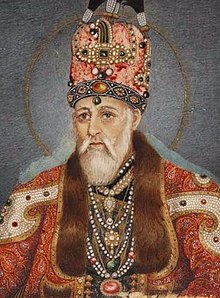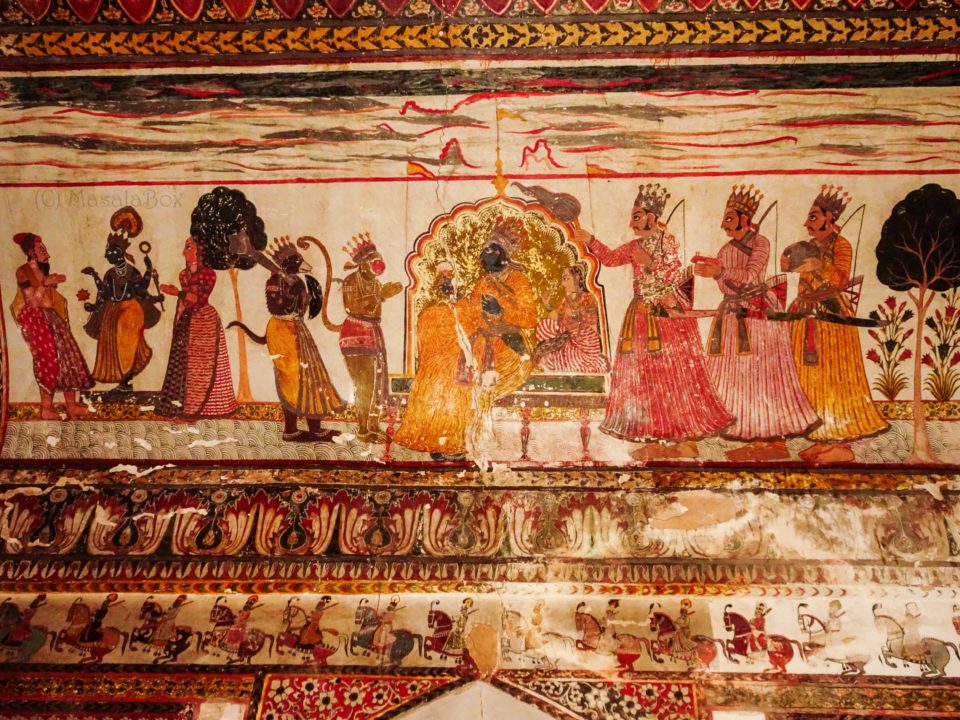
Muhammad Akbar II
Coins
Akbar II (1806–1837) was the Mughal Emperor of India from 1806 to 1837. He was the 17th ruler of the Mughal dynasty and is often considered a puppet ruler due to the diminishing power of the Mughal Empire during his reign, which was overshadowed by the growing influence of the British East India Company. Key Points about Akbar II: Early Life and Accession: Akbar II was born on April 14, 1806, and ascended to the throne after the death of his father, Shah Alam II. His reign began at a time when the Mughal Empire was in sharp decline, with much of its former authority already taken over by the British East India Company.Limited Power: Akbar II’s reign was marked by the gradual erosion of Mughal power. While he was formally recognized as the emperor, real political and military control rested in the hands of the British. The East India Company had effectively become the dominant power in India, and Akbar II had little ability to assert his authority.Relationship with the British: Akbar II had a relatively cordial relationship with the British, and during his reign, the British influence continued to grow. He was the first Mughal emperor to formally recognize British authority, as he sent a letter to the British Crown in 1830 to acknowledge their supremacy and to seek British support for his own rule. This marked a symbolic submission of the Mughal Empire to the British colonial regime.Cultural Contributions: Despite his limited power, Akbar II was known for his patronage of culture and the arts. He supported the Urdu language and encouraged poets, scholars, and artists at his court. However, his contributions were more symbolic in nature, as political authority was largely in British hands.Death and Succession: Akbar II ruled until his death in 1837. He was succeeded by his son, Bahadur Shah II, the last Mughal emperor. Bahadur Shah Zafar’s reign ended with the Indian Rebellion of 1857, after which the British formally ended the Mughal Empire, marking the start of direct British colonial rule in India.

Vikramjeet Mahindra
Coins
Vikramjeet Mahindra (also spelled Vikramajit Mahendra) was the 19th Raja of Orchha, ruling from 1776 to 1817. His reign marks an important period in the late history of the Orchha princely state, which was located in the Bundelkhand region of present-day Madhya Pradesh, India. Vikramjeet Mahindra was adopted from Bijna State, a common practice among princely families to ensure succession. He ascended the throne in 1776, succeeding Raja Mahendra Bharti Chand, and ruled until his abdication in 1817. After abdicating in favor of his son, Dharam Pal, Vikramjeet Mahindra reportedly resumed power briefly after his son\\\'s death in 1834, though his primary reign is noted as 1776–1817. Vikramjeet Mahindra’s era was one of significant political change, bridging the decline of Mughal authority and the rise of British colonial power in central India. His successors continued to rule as Rajas and later as Maharajas under British rule, with the state eventually acceding to the Indian Union in 1950.
